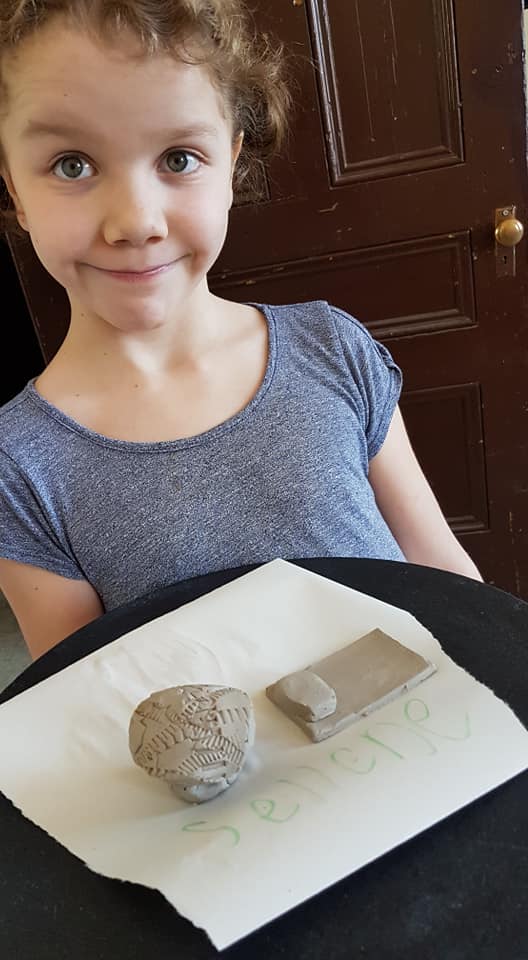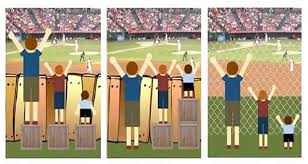
Sellene’s brain needs to work harder to learn the same thing as other kids.
The wiring is wrong, the circuits faulty, the path from one thought to the next is all swervy. Her eyes don’t work the same, she has trouble keeping out the extra noises and sights around her. She needs smaller sentences, lots of opportunity to repeat what you said and reminders to keep pencil to paper during her thoughts.
In our district the expectation to work in the regular classroom for kids like Sellene is high. Too high.
Despite all this, inclusion looks like this…
- Sellene has a regular desk, a regular chair and a regular spot in a regular intermediate classroom.
- No modifications have been made to the environment, to the lessons taught or to the materials presented.
- The walls are all covered in art, posters, lists and materials.
- The lights are bright and consistent throughout the room
- The lessons are taught to the average learner, and Sellene can’t understand them. So she is expected to sit through them quietly. Wasted time.
Is that including her? Or allowing her to be there?
Right now her inclusion plan is mostly extra things that Sellene brings with her to try to function in a classroom that isn’t set up for her. She brings a visual calendar, break cards, headphones, fidgets, weighted items. These things are tools she is expected to use to fit in. The onus is on her to do so. Instead of helping, they have added responsibilities.

Of course she can’t do that. And now she hates school. It only took 2 months to defeat her.